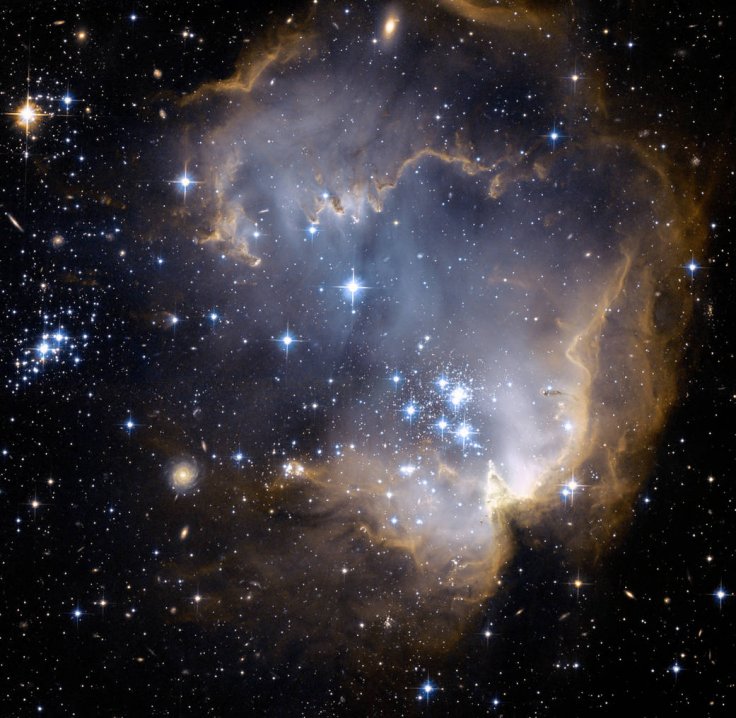
The American space agency, NASA is apparently working on a new method which may help them to locate alien civilization in deep space. The new alien hunting method relies on looking for 'Technosignatures' believing extraterrestrials are also advanced enough like humans to leave their traces on space in the form of radio signals. As a first step to achieving this goal, the space agency conducted the NASA Technosignatures workshop from September 26 to September 28, 2018.
What are Technosignatures?
The term Technosignatures can be defined as the signature left by artificial technology and the most noted example will be radio waves. Earlier, it was the primary job of SETI to search for extraterrestrial life. Experts in SETI mostly searched for intentional radio signals beamed by possible extraterrestrial lives living in deep space.
This new proposed method will be in different scope. Searching for Technosignatures will also look for unintentional radio signals that could be beamed by a technologically advanced civilization. However, some space experts dismiss the idea of searching aliens using Technosignatures stating that the universe is loaded with radio signals produced by natural sources.
Apart from radio waves, some other Technosignatures include laser emissions, Dyson spheres, and heat signatures.
Drake's formula raises the hope
As NASA is gearing up with a new method to spot alien life, experts in the space agency could be believing that Drake's equation will turn real one day or the another.
Drake's equation formulated by astronomer Frank Drakes postulates that there could be at least 1,00,000 alien civilizations in our galaxy.
However, Fermi paradox asks the billion dollar question. As per Fermi paradox, if there are millions of galaxies and stars out there in deep space, why we have not met any until now.
Recently, Kevin Knuth, a professor of physics at the University of Albany suggested that proper researches should be carried out on authentic UFO sightings. As per Knuth, the existence of aliens are more likely as our universe is comprised of more than 300 billion stars capable of hosting Earth-like planets.









